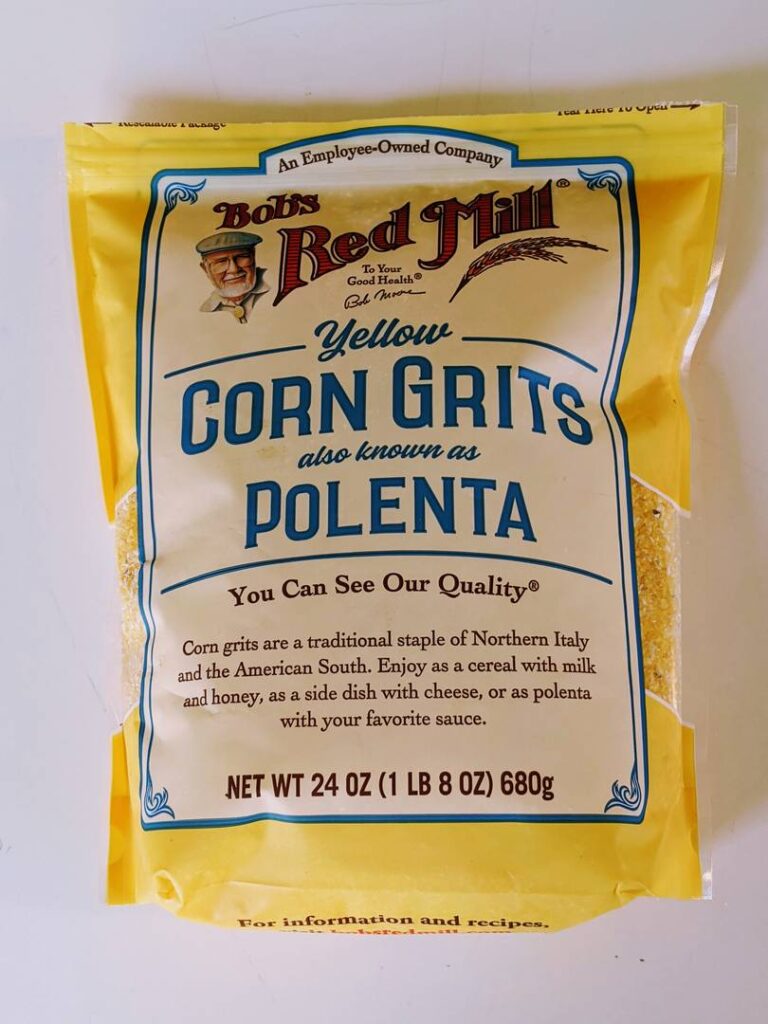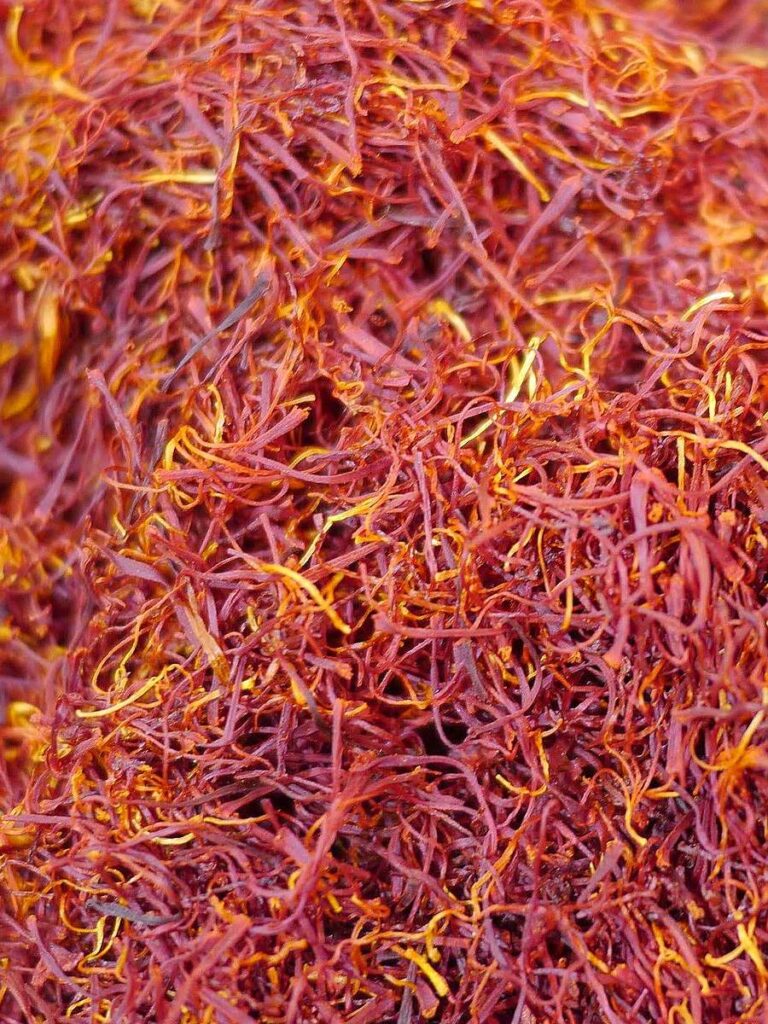
Polenta, the thrifty side of Milanese cuisine
Given the cost of saffron, risotto alla milanese can be an indulgence. But the folks in Milan also favor maize (as they call American corn) as a base for many great dishes. Polenta is nothing more than coarse cornmeal cooked into a kind of porridge. That's a little like saying great bread is ‶nothing more″ than ground up wheat. Polenta can be a subtle treat on its own and makes a versatile base for almost any kind of sauce or even leftovers. In Milan, as Stanley Tucci pointed out in part four of Searching for Italy, it's often served topped with pot roast. Maize was introduced to Italy when Columbus sent corn to the Vatican in the 1490s. In the half millennium since, Italians have...Read More

